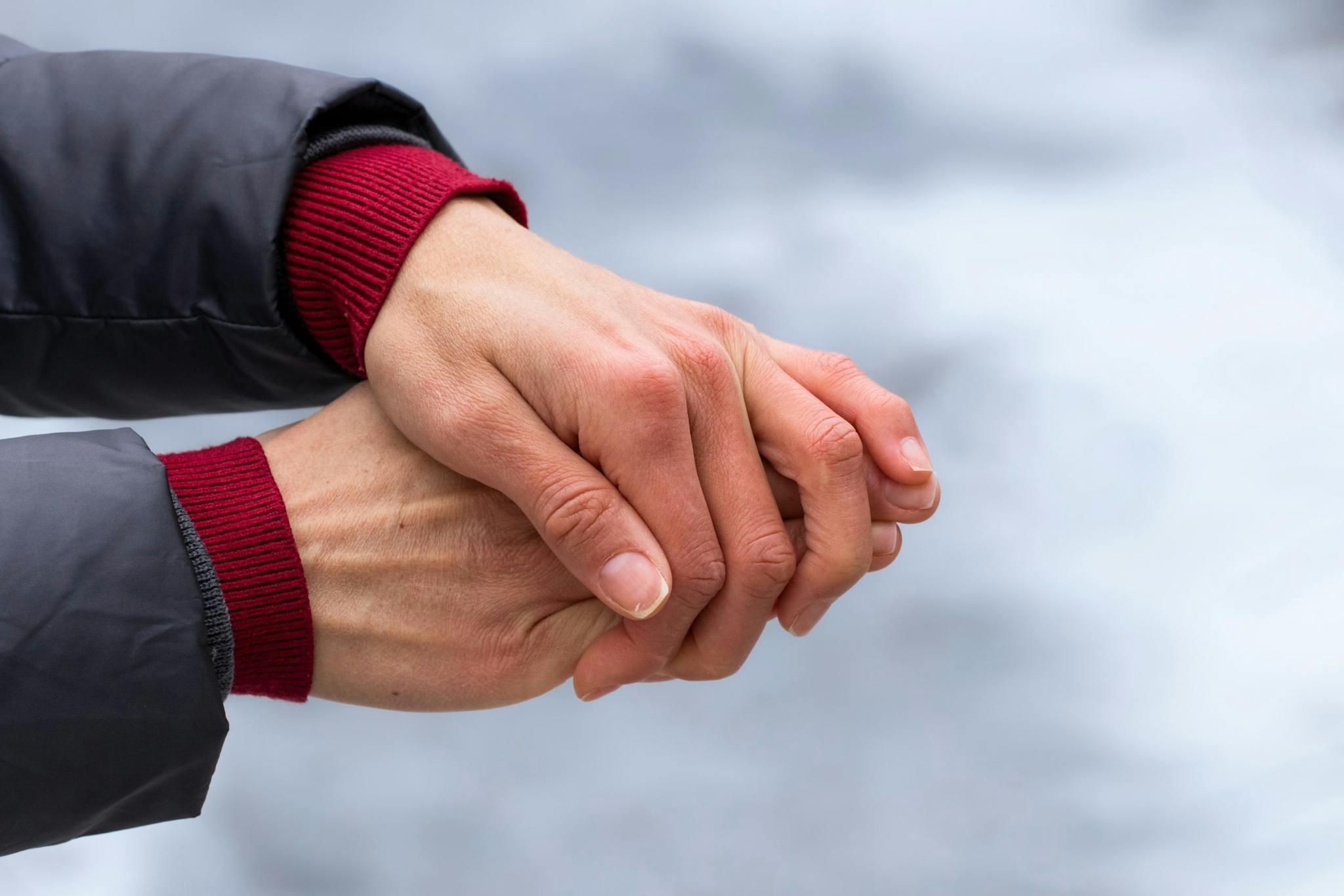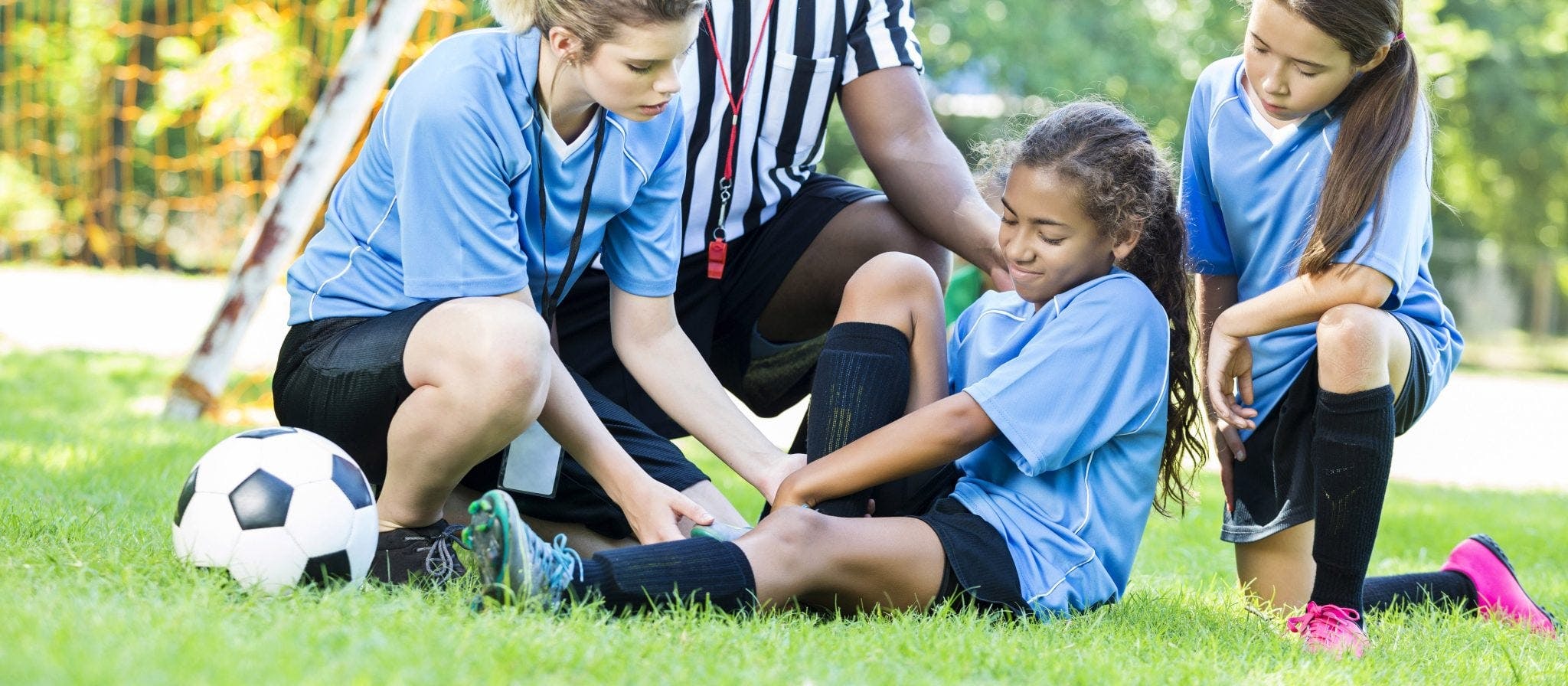
April 22, 2024
What Deficiency Causes Cold Hands and Feet?
- Family Medicine
- Internal Medicine
July 25, 2017 | Orthopedics

Once considered to be extremely rare in children, tears of the anterior cruciate ligament (ACL) have received more attention in recent years. There’s uncertainty as to whether a recent increase in reported ACL tears is due to heightened awareness, improved testing ability or a larger percentage of children involved in competitive sports, but ACL tears are being reported in children as young as two years old—and some studies report a tear in up to 50 percent of children with blood in their knees after an injury. ACL tears are much more likely in teenage girls than in teenage boys.
Kids who get ACL injuries tend to play contact sports such as football or basketball, or in “cutting” sports such as soccer and baseball that feature quick, abrupt movements like pivoting or fast turning.
A healthy ACL is one of the four main ligaments in the knee joint that connects it to the shinbone and the thighbone. The ACL is deep within the joint, behind the kneecap, above the shinbone and below the thighbone. It crosses over the PCL (posterior cruciate ligament) to form an “X” and keep the knee stable.
The ACL keeps the shinbone in place, preventing it from moving too far forward or away from the knee and thighbone. It also provides stability when rotating the shinbone.
Whether it’s partial or full, an ACL tear is painful. Whether the child has continued pain after the injury depends on the severity of the tear. Many kids report hearing a “pop” sound during the injury, and this is the sound of the shinbone popping out and then back into place.
A child who has injured a knee in any situation, whether playing sports or not, should stop all activity and seek immediate medical attention. Keep the area iced in 20-minute intervals, and keep the knee elevated as much as you can to reduce swelling. If putting weight on the leg causes pain, tell your child not to do so.
To diagnose an ACL tear, your doctor will perform a physical exam and possibly imaging tests to confirm the tear and its severity. Your doctor might use some of the following tests:
These tests may be performed in combination with other exams. An X-ray can help detect bone fractures, but an MRI can confirm a partial or complete ACL tear.
Treatment for an ACL injury in a depends on the age of the child and the type of tear, and if possible, nonoperative treatment is usually suggested at first. If it’s possible to heal the injury using bracing, strengthening exercises and a reduction in strenuous activity, this is preferable to invasive knee surgery.
However, results for this kind of nonoperative treatment are generally poor, and if they don’t work, surgical options have to be considered. Children who are still growing will have developing growth plates in the bones, and surgeons will have to be careful not to touch these during surgery—this growth usually stops in girls around ages 14 or 15, and in boys around ages 16 or 17.
For children who are young enough to still have developing growth plates, doctors will choose a technique that spares them. One such treatment is iliotibial band reconstruction—this tightens the IT band that spans the lower pelvis to the bottom of the shinbone, which helps stabilize the knee.
For children who have reached skeletal maturity, the torn ACL will be replaced with tissue from the patient’s own body or with tissue drawn from someone else. The new tissue is put into the body through tunnels created in the tibia and femur, and is secured with screws or other fixtures.
Rehabilitation from an ACL surgery is lengthy, and can range from 6 months to a year. Rehabilitation therapy is needed to help with the following areas:
Your child may be prescribed painkillers or anti-inflammatory drugs, and may use a leg brace for support. Continuing to ice and keep the knee elevated is important for swelling. High-intensity sports will be off-limits, but with a doctor’s approval, children can do some low-impact activities like swimming or bike riding.
If your child experiences a partial or complete ACL tear while playing sports or taking part in any other activity, seek immediate medical attention. Your doctor will recommend a treatment plan if an ACL tear is confirmed.
“Anterior Cruciate Ligament (ACL) Injuries.” KidsHealth.org. http://kidshealth.org/en/parents/acl-injuries.html#
“ACL Injuries in Children and Adolescents.” Nationwide Children’s. http://www.nationwidechildrens.org/acl-injuries-in-children-and-adolescents
WRITTEN BY:
Orthopedics


April 22, 2024

April 9, 2024

March 22, 2024

February 12, 2024
This information is not intended to replace the advice of a medical professional. You should always consult your doctor before making decisions about your health.